Chemmeen to Aarachar: Ten Legendary Malayalam Novels You Must Read!
While it is near impossible to round down to one for the vast diversity showcased by the authors in Kerala, here are some of the finest literary works ever produced in Malayalam.
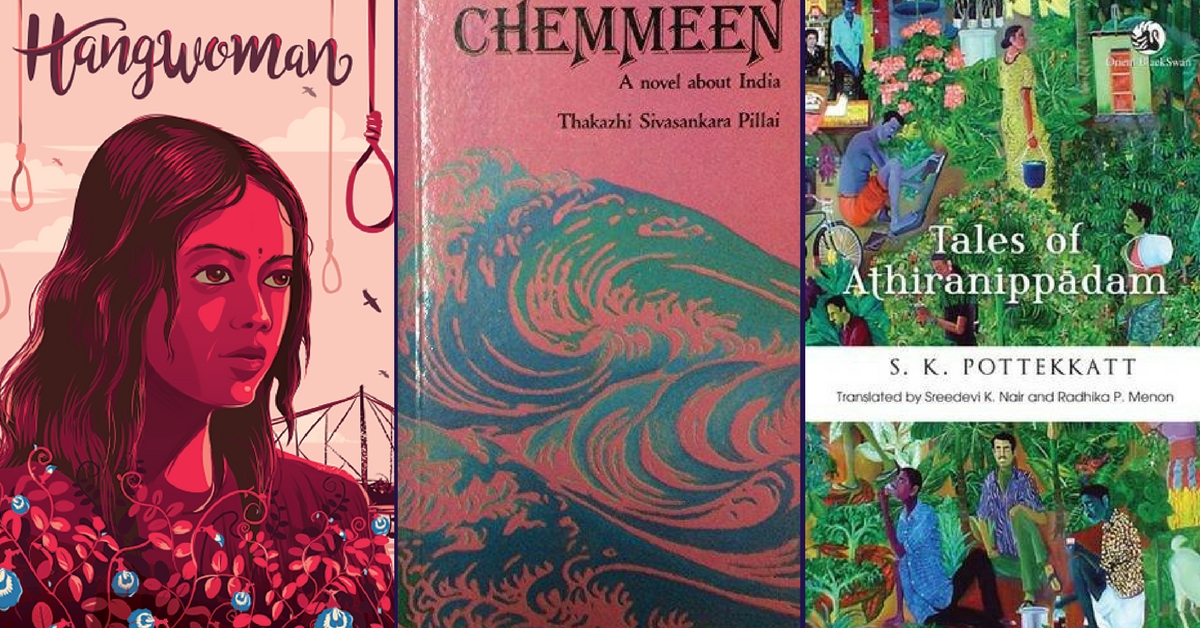
With its unfathomable contribution to Indian literature, Kerala has carved itself a niche position in the literary circles with works that often reflect deep introspection through its unprecedented storylines and ingenious narrative styles.
From simplistic writings of legendary Vaikom Muhammad Basheer to microcosmic narratives of O.V. Vijayan and works of contemporary authors like K.R. Meera and Benyamin, the writers have never failed to captivate both readers and critics alike with their skill of crafting unforgettable tales.
While it is near impossible to round down to one for the vast diversity showcased by the authors in Kerala, we have tried our hand in sieving out some of the finest literary works ever produced in Malayalam.
Here are ten best works in Malayalam literature – along with their translated English counterparts – ranging from the early 1940s to the present decade that you must not miss out for the pure love of reading:
1. Chemmeen (1956) by Thakazhi Sivasankara Pillai
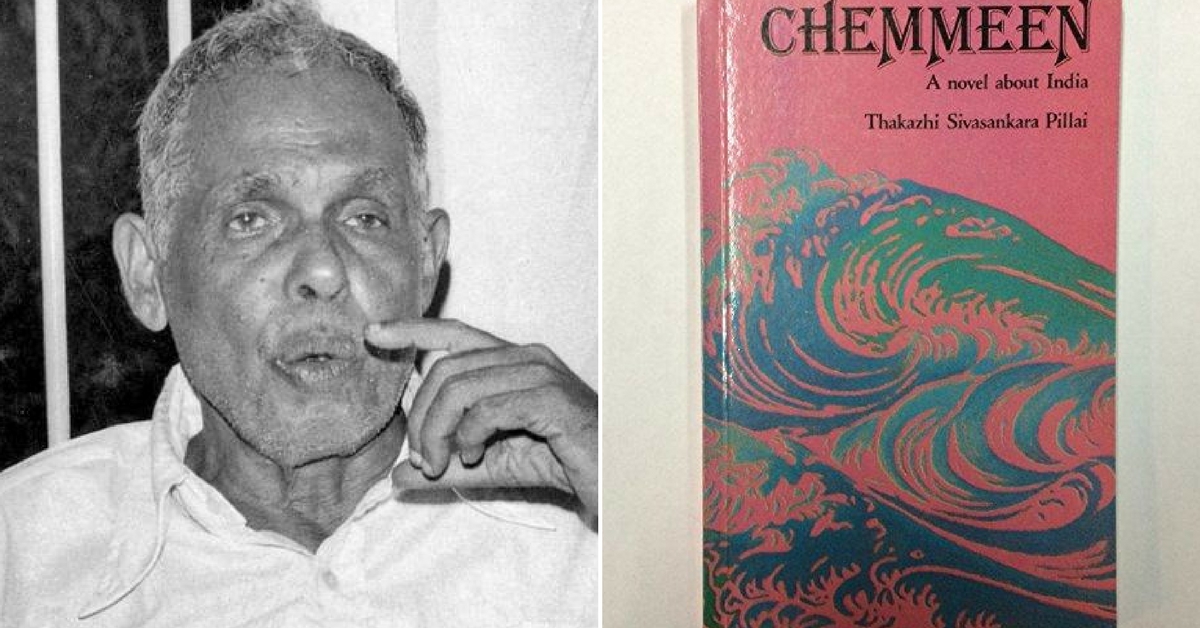
One of the biggest cult classics to have been ever written in Malayalam, Chemmeen (Prawns) is a saga revolving around the myth among the fishermen communities in Kerala—that of a married woman’s chastity.
Penned with great emotional detail about the customs, taboos, moral boundaries and day-to-day instances of the community while trudging through toils of life and existence, the novel went on to win the Kendra Sahitya Akademi Award, India’s second highest literary prize, in 1957.
The book was adapted into a feature film by the same name in 1965, which is considered to be one amongst the greatest Indian films ever made.
2. Khasakkinte Ithihasam (1969) by O.V. Vijayan
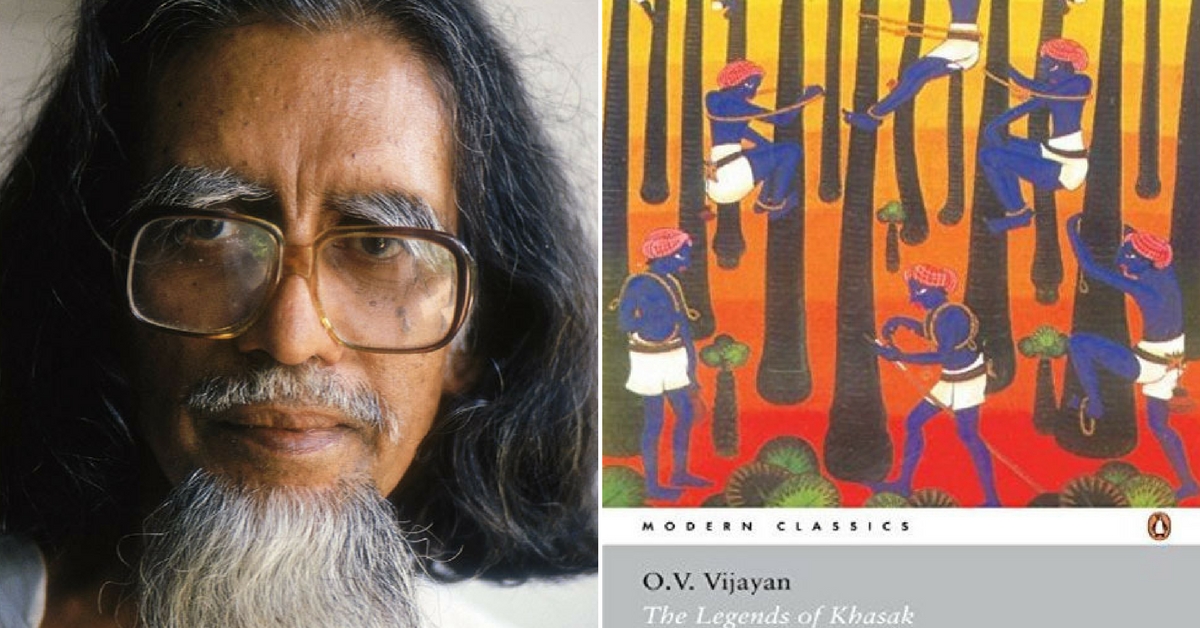
One of the most unforgettable books ever written in Malayalam, Khasakkinte Ithihasam continues to mesmerise its readers with a surrealistic visualisation encapsulated within the settings of a sleepy little village that has a microcosm of its own.
The novel, which is considered to be O.V Vijayan’s masterpiece, has been reprinted more than fifty times, making it one of the most best-selling novels in South Asia. Inspired by a real village called Thasarak near Palakkad, the novel does not have a single straight narrative which makes it all the more gripping – as one walks through the spiritual journey of an under-graduate dropout, Ravi.
The plot begins with the man’s arrival to the village and how things are never the same again. The Legends of Khasak was translated by the author himself in 1994 and has often been lauded for its extensive depth in characters and unprecedented narrative style that would have otherwise been rendered as a mundane village romance.
You can buy the book here.
3. Balyakalasakhi (1944) by Vaikom Muhammad Basheer

One of the finest writers in the history of Malayalam Literature, Vaikom Muhammad Basheer or simply Basheer is more popular for his works like Pathummayude Aadu, Mathilukal and Ntuppuppakkoranendarnnu.
But it is his Balyakalasakhi (Childhood Friend) that has managed to captivate its readers with its simple yet heart-wrenching story of two childhood friends who go on to become lovers till fate decides otherwise.
Believed to be an autobiographical work, the novel showcases love in its truest form—sometimes the one that remains unfulfilled. One of the noteworthy aspects of the story is the way the author disguises a trace of poignancy in the light narrative style and brings humour even during situations of abject tragedy.
You can buy the book here.
4. Aarachaar (2013) by K.R. Meera
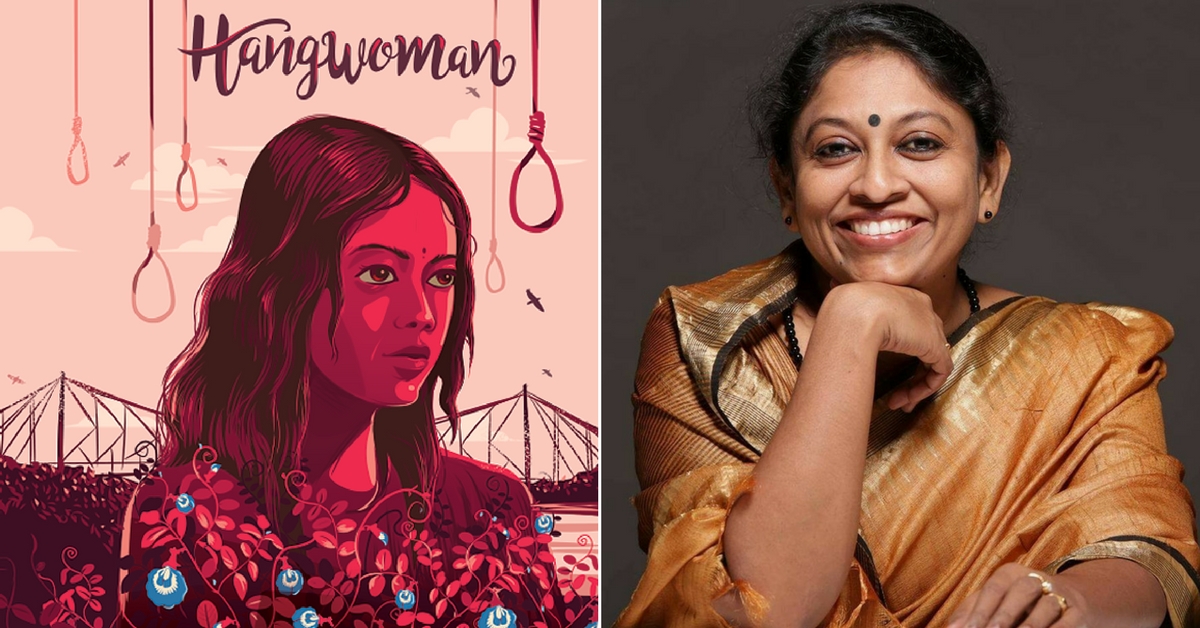
Set in Chitpur, Kolkata, the narrative revolves around the ancient legacy of the Graddha Mullicks, a lineage believed to go back four hundred years before Christ. Having been the creators of fate with the noose in their hands, the twist in the plot comes when the last heir is grudgingly handed over the title—and its a woman!
The original, Aarachaar (An Executioner) went on to bag Kerala Sahitya Akademi Award for 2013, followed by Odakkuzhal Award in 2013, Vayalar Award in 2014 and Sahitya Akademi Award in 2015, making K.R. Meera one of the best literary writers in Malayalam. ‘Hangwoman: Everyone loves a Good Hanging’ is translated by J Devika.
You can buy both book here.
5. Randamoozham (1984) by M.T. Vasudevan Nair
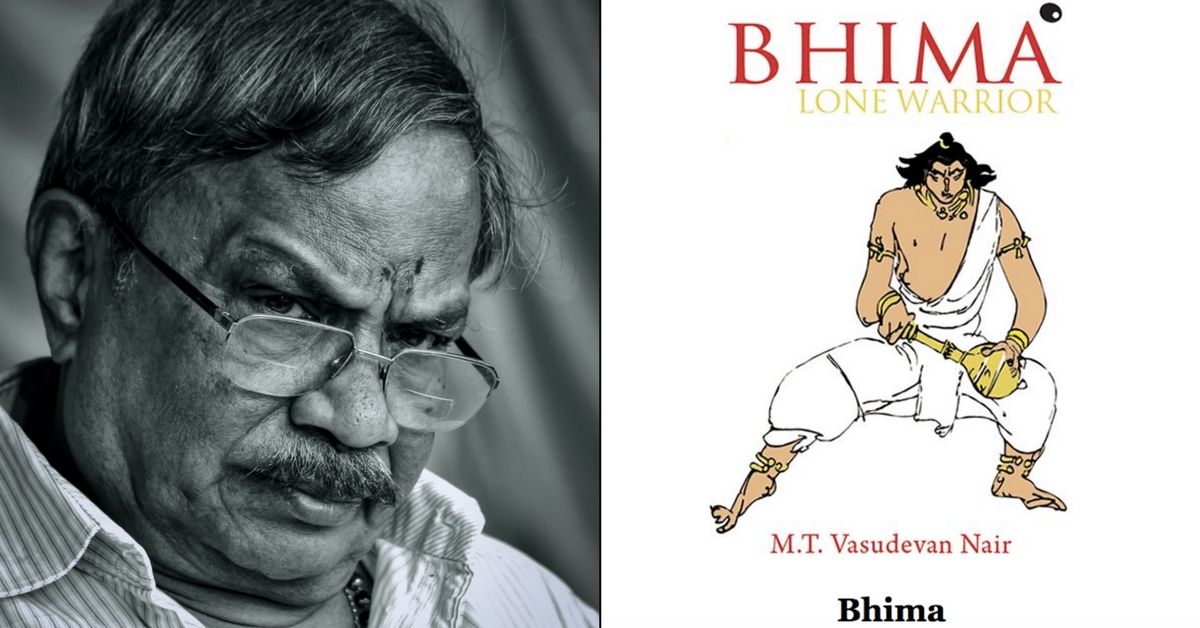
With a revisionist narrative of the epic Mahabharata, this book is one of the most widely read Malayalam classics ever produced. What makes the novel an engaging and pensive read is the protagonist—Bhima. Considered to be M.T Vasudevan Nair’s masterpiece, the work won the prestigious Vayalar Award, given for the best literary work in Malayalam, in 1985 and Muttathu Varkey Award in 1994.
Diverging from the timeworn narrative involving divine elements, Randamoozham (Second Turn), give its due share to the actual draftsman behind the victory of Pandavas. Translated by Gita Krishnankutty as Bhima: Lone Warrior in 2013, the book continues to enjoy a cult status in the state and will soon be adapted as a mega-budget feature film.
You can buy the book here.
6. Verukal (1966) by Malayattoor Ramakrishnan

Believed to be semi-autobiographical, Verukal (Roots) is one of the best works of Malayattoor Ramakrishnan. Bagging the Kerala Sahitya Akademi Award in 1967, the narrative revolves around the life of a family of Tamil speaking Iyers who had settled in Kerala generations ago and sheds light on the drastic effect of modernism and how it has the ability of uprooting one’s heritage.
Originally settled elsewhere, the protagonist comes to his native village with the sole intention of selling his ancestral property. However, over the period of his stay, he ends up treading down memory lane and hits a realisation that forms the crux of the story. Resonating with those who left their native towns in search of employment and other pursuits, it is a story of homecoming that strikes a chord, right in the heart.
The English translation of the book which goes by the name Roots was published in 2002.
You can buy the book here.
7. Aatujeevitham (2008) by Benyamin

First published in serial form in Mathrubhumi Illustrated Weekly, Aatujeevitham (Life of a Goat) illustrates the life of an abused migrant worker in Saudi Arabia written by Bahrain-based Indian author Benyamin.
It is the hard-hitting story of a gulf-aspirant who, upon finally reaching his dreamland, ends up leading a slave-like existence herding goats in the middle of the Saudi desert. Based on real-life incidents, the novel goes through a series of incidents that illustrate the journey of a man through extreme adversity and loneliness, pushing the man to hatch a life-threatening scheme to escape his desert prison.
The English translation of the novel, Goat Days, found its way into the long list of Man Asian Literary Prize 2012 and was shortlisted for the DSC Prize for South Asian Literature in 2013. Touted as one of top best-sellers of present-day Malayalam Literature, Aatujeevitham was also the recipient of Kerala Literary Academy Award for the year 2009. The book is also part of the syllabus in Kerala University, Calicut University, Bharathiar University, Pondicherry University and 10th standard for Kerala State syllabus.
You can buy both the books here.
8. Mayyazhippuzhayude Theerangalil (1974) by M. Mukundan
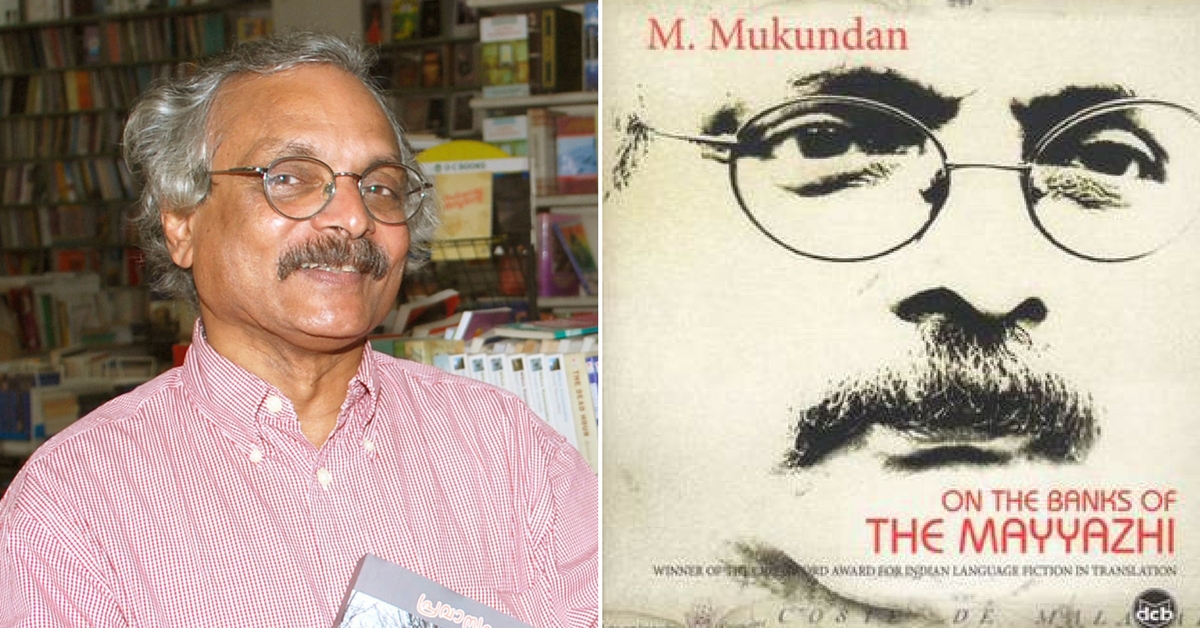
Set in the erstwhile French enclave of Mayyazhi or Mahe, the plot is a mélange of shimmering French elegance and rustic native myths and legends and captures a period of transition of people still stuck in the entrapments of the colonial era.
A masterpiece by one of the celebrated authors in Kerala, M. Mukundan’s Mayyazhippuzhayude Theerangalil is a tale of love, frustration and decay that the author has woven amidst the idyllic backdrop of the Arabian Sea and the Mayyazhi river.
Journeying through trials and tribulations of two families bonded by friendship but complete juxtapose to one another, one goes back in time as the narrative seeps through the spectre of the territory’s independence movement.
On the Banks of the Mayyazhi which is the English translation by Gita Krishnankutty, manages to retain the soul of Mukundan’s narrative and engages the reader as much as the original.
You can buy the book here.
9. Oru Desathinte Katha (1971) by S.K. Pottekkatt
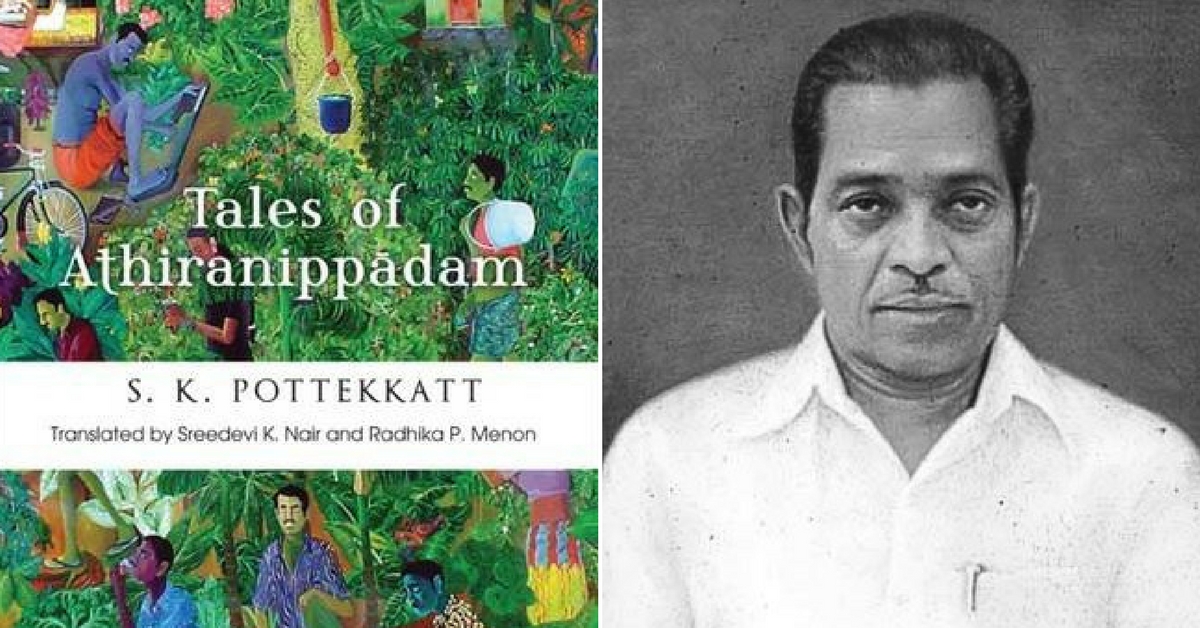
Recipient of both Kendra Sahitya Academy in 1973 and Jnanpith Award in 1980, Oru Desathinte Katha (The Story of a Locale) is one of the best works of writer S. K. Pottekkatt. Set in the village of Athiranippādam, the plot takes the readers on a journey that begins from the village of Athiranippādam to North India and as far as Africa and Switzerland, stretching over a period of 55 years.
Believed to be a fictionalised autobiography, the protagonist’s character sketch seeks inspiration from the author himself, who beautifully yarns a story that incorporates an interesting concoction of street gossip, fairy tale and recorded history.
Igniting a sense of nostalgia and longing, the novel comprises various characters and instances end up rendering a feeling of déjà vu amidst readers—of people they have met, conversations they have had, places they have seen and people they may know. The English version was translated by Sreedevi K. Nair and Radhika P. Menon and was published as Tales of Athiranippādam in 2013.
You can buy the book here.
10. Agnisakshi (1976) by Lalithambika Antharjanam
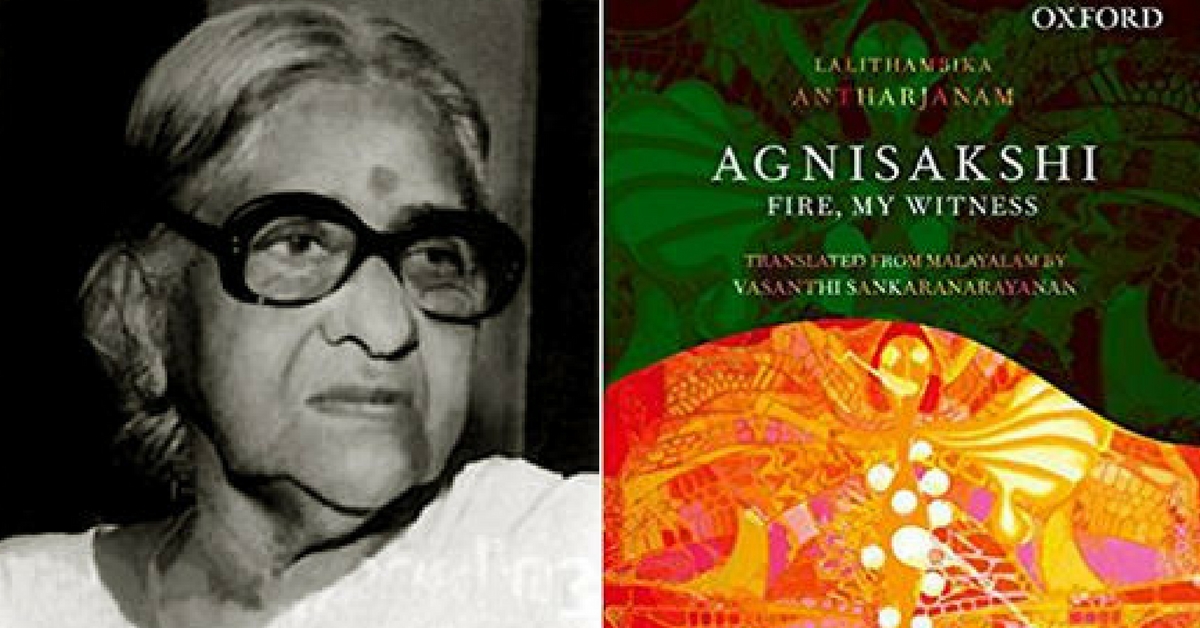
A social reformer best known for her literary works in Malayalam, much of Lalithambika Antharjanam’s writing dealt with the role of women in society, and how societal norms often ended up being an obstacle for a woman to explore her individuality.
More famous for her short stories and poems, Agnisakshi was the only novel written by Lalithambika, who penned it down during the twilight years of her life. Having received both Kendra Sahitya Akademi Award and Kerala Sahitya Akademi Award, the novel enjoys the status of a classic in Malayalam fiction.
With an insight into the Namboodiri community of Kerala, the narrative is structured around three characters—Thethikutty, Thankam Nair and Unni Namboodiri and strings together themes like choice, detachment, renunciation, love and devotion as they trudge through different phases in life. The English version was translated by art critic Vasanthi Sankaranarayanan in 1980.
You can buy the book here.
Like this story? Or have something to share?
Write to us: [email protected]
Connect with us on Facebook and Twitter.
NEW: Click here to get positive news on WhatsApp!
If you found our stories insightful, informative, or even just enjoyable, we invite you to consider making a voluntary payment to support the work we do at The Better India. Your contribution helps us continue producing quality content that educates, inspires, and drives positive change.
Choose one of the payment options below for your contribution-
By paying for the stories you value, you directly contribute to sustaining our efforts focused on making a difference in the world. Together, let’s ensure that impactful stories continue to be told and shared, enriching lives and communities alike.
Thank you for your support. Here are some frequently asked questions you might find helpful to know why you are contributing?


This story made me
-
97
-
121
-
89
-
167













